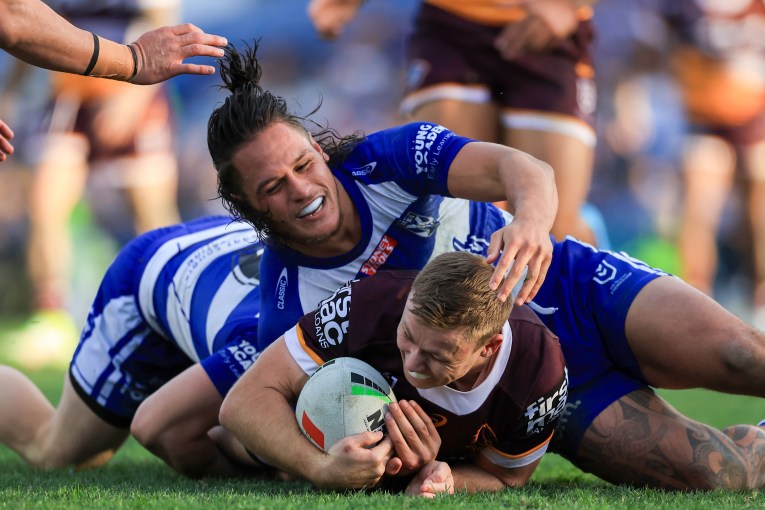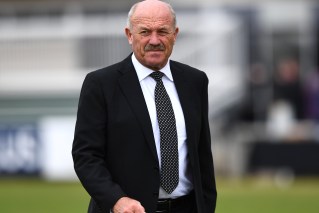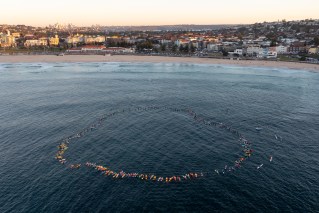Elimination no longer an option as Australia soars past 20,000 active cases
The era of seeking to eliminate COVID-19 is over and Australia will need to adjust to living with the virus, an infectious disease expert says.

Treasurer Josh Frydenberg (Photo: AAP Image/Lukas Coch)
Australia has more than 19,000 active cases of the virus, including 18,000 in NSW and over 800 in Victoria.
The worst-hit state of NSW has almost 1000 people in hospital and 150 in intensive care.
The national death toll stands at 1012.
Epidemiologist Tony Blakely said with Victoria’s case numbers rising at a rate of around five per cent a day, it would likely peak at 2000 cases a day in October.
NSW case numbers are heading in a similar direction, with a record 1288 cases recorded in the past 24 hours.
“Elimination of COVID is over,” Professor Blakely told the ABC.
“Yes, we now are living with the virus – I think people would have seen that coming for a week or so.”
The premiers of Victoria and NSW have admitted the swift spread of the Delta strain of the virus has made elimination impossible, with vaccination the way forward.
Prof Blakely said the next stage of the pandemic fight needed to involve taking vaccinations to families in the hardest-hit suburbs, rapid testing in workplaces and improving ventilation in schools and public buildings.
State and territory leaders and Prime Minister Scott Morrison have agreed on a national plan to remove some restrictions at a 70 per cent full vaccination rate and all-but end lockdowns at a 80 per cent rate.
Australia has fully vaccinated 35.7 per cent of its population aged 16 and over, while 59.6 have received one dose.
The reopening plan is being interpreted differently across the country.
But Treasurer Josh Frydenberg has urged all states and territories to reopen together, noting elimination was no longer possible.
“No other country has done it and based on the best medical advice we have we can’t do it.”
Mr Frydenberg said jobs would be lost, businesses fail and children in particular face greater mental health pressures if lockdowns continued after the thresholds were met.
“Australia should open up as one,” he says.
“That is why it is really important whether you’re in Western Australia, whether you’re in Queensland or whether you’re in the southern states you should follow the plan.”
Victoria’s first triple-figure case increase for a year prompted the state government to retain almost all of Melbourne’s harsh lockdown measures.
Instead, Melburnians will have to wait until 70 per cent first-dose vaccine coverage is achieved – expected on September 23 – for more freedom.
NSW Premier Gladys Berejiklian, whose state recorded another 1116 local cases on Wednesday, is anticipating the 70 per cent vaccination rate will be achieved in October and international travel will restart in mid-November.
Western Australia and Queensland appear determined to protect their COVID-free status even if it delays the reopening plan.
Queensland Premier Annastacia Palaszczuk said she would stand strong on borders until children were vaccinated as she called for more research on immunising under-12s.
No country in the world has approved coronavirus vaccines for children under 12.
WA Premier Mark McGowan has signalled he won’t abandon his hardline stance towards states with high virus cases.
ACT Chief Minister Andrew Barr believes 70 per cent will be a minor step and urged a focus on the 80 per cent target to ease restrictions in the national capital.
There were 23 new cases in Canberra.












